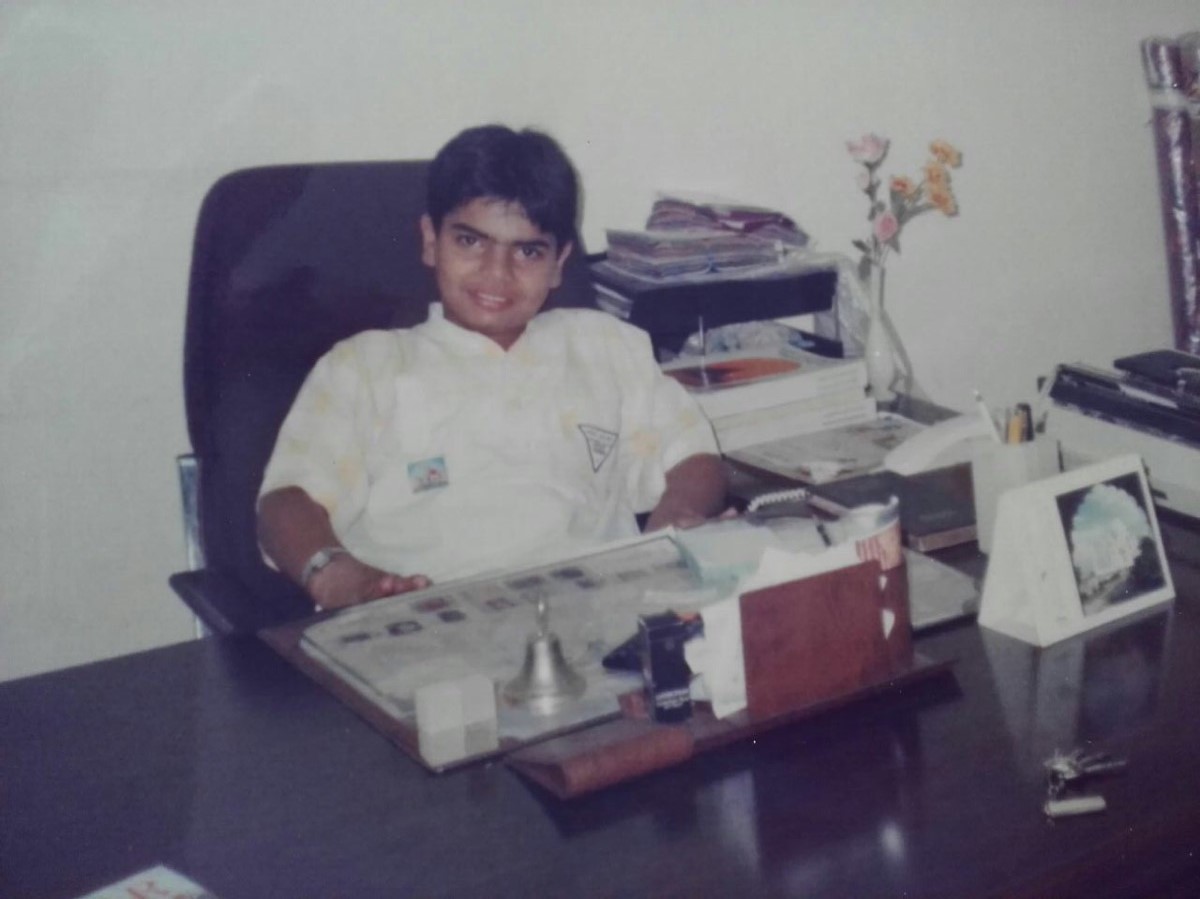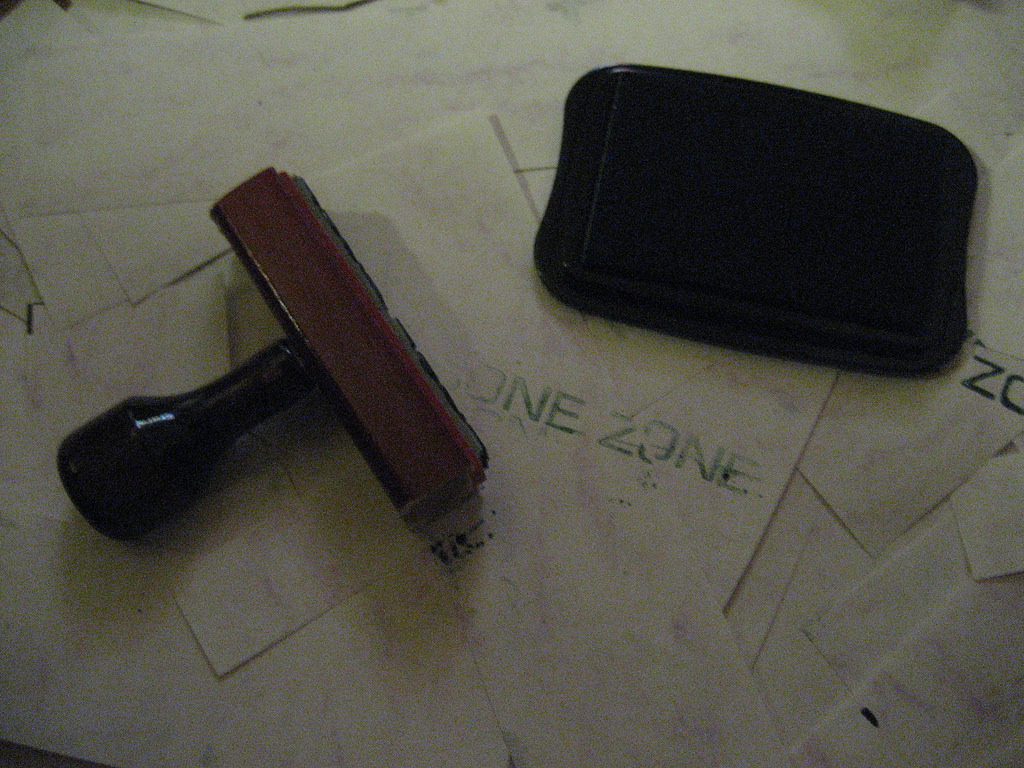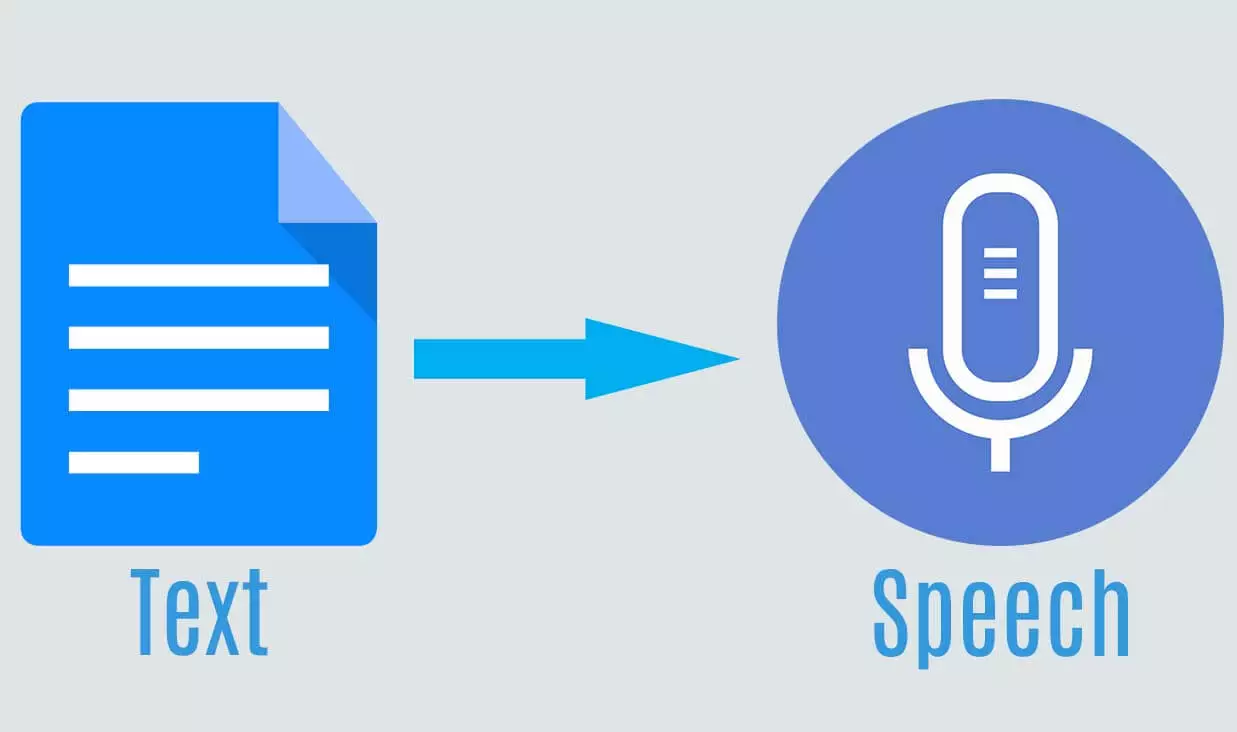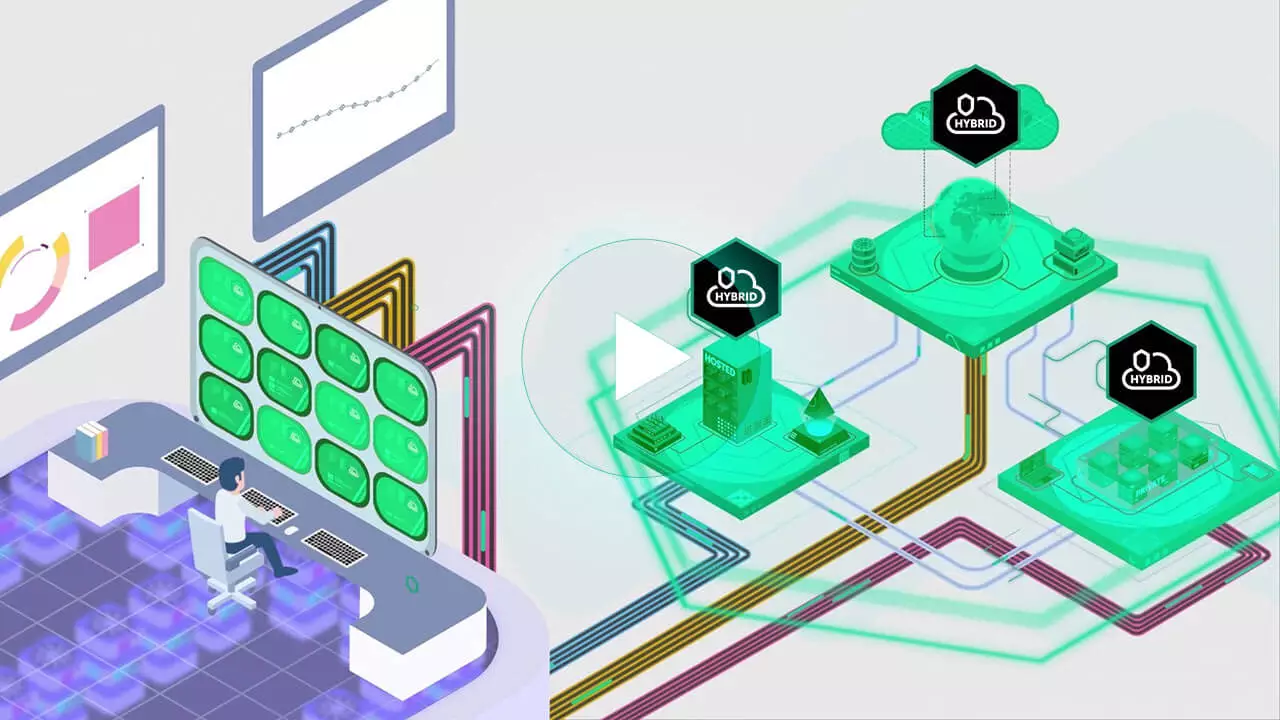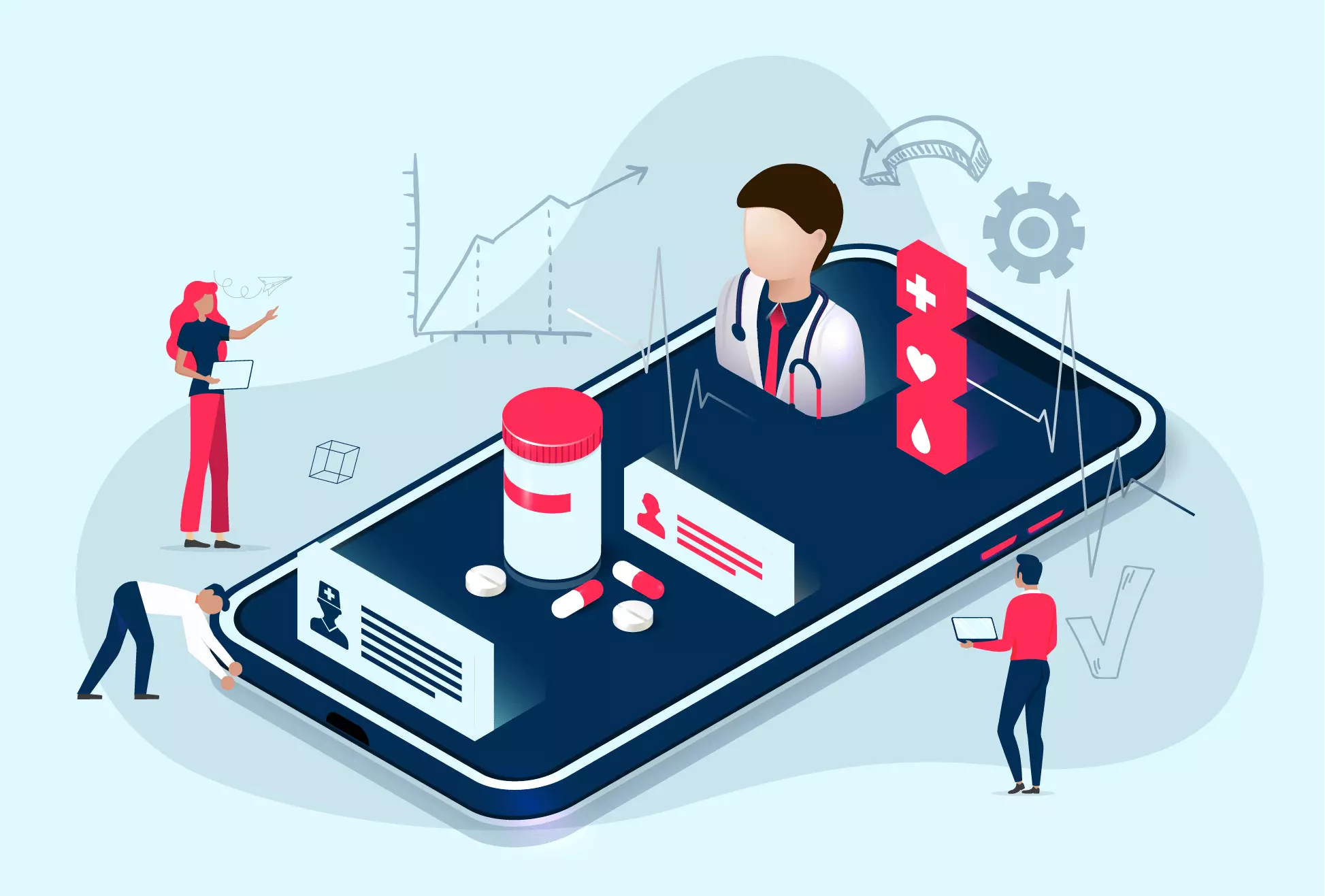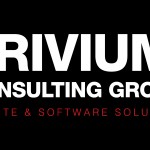
Demand Of Holography
April 15, 2024
Holographic technology is a form of imaging that uses laser light to display three-dimensional images of an object or scene. The technology works by recording and reconstructing the light that is reflected off an object or scene. This light is then encoded onto a recording medium, such as a photographic plate, and is decoded by a laser beam to create a holographic image that appears to have depth and dimension. Holographic technology can be used in a variety of applications, such as security, medical imaging, entertainment, and data storage.

Augmented reality
Holographic displays can be used to create augmented reality experiences, allowing users to interact with virtual objects and environments. Holographic displays offer Augmented Reality (AR) by combining virtual objects with the real world. This allows users to interact with virtual objects in the physical world and see them in 3D. For example, a user could place a 3D model of a car in their living room and walk around it to get a better view. The virtual object could also be programmed to respond to user interaction, allowing for a more immersive experience like they can make hologram christmas tree. Holographic displays also allow for the display of information, such as text or images, that can be used to provide a more informative experience. This can be used to enhance the learning experience by providing information about a certain topic in an interactive way.
Increased efficiency
Holographic displays can be used to quickly and easily convey information to large groups of people, making it easier for organizations to communicate and collaborate. Additionally, holographic displays are able to provide more information in a single display, as images can be layered on top of each other without obstructing the view of other images. This increases the efficiency of presentations and allows for better communication between different parties. Finally, holographic displays are able to provide more accurate and detailed visualizations than traditional displays, allowing for more precise analysis, planning, and decision-making.

Darin is a wonderful person. He is very nice and always willing to help out! He loves his job because it lets him share interesting things with people who want to know about new developments in the world of technology.



